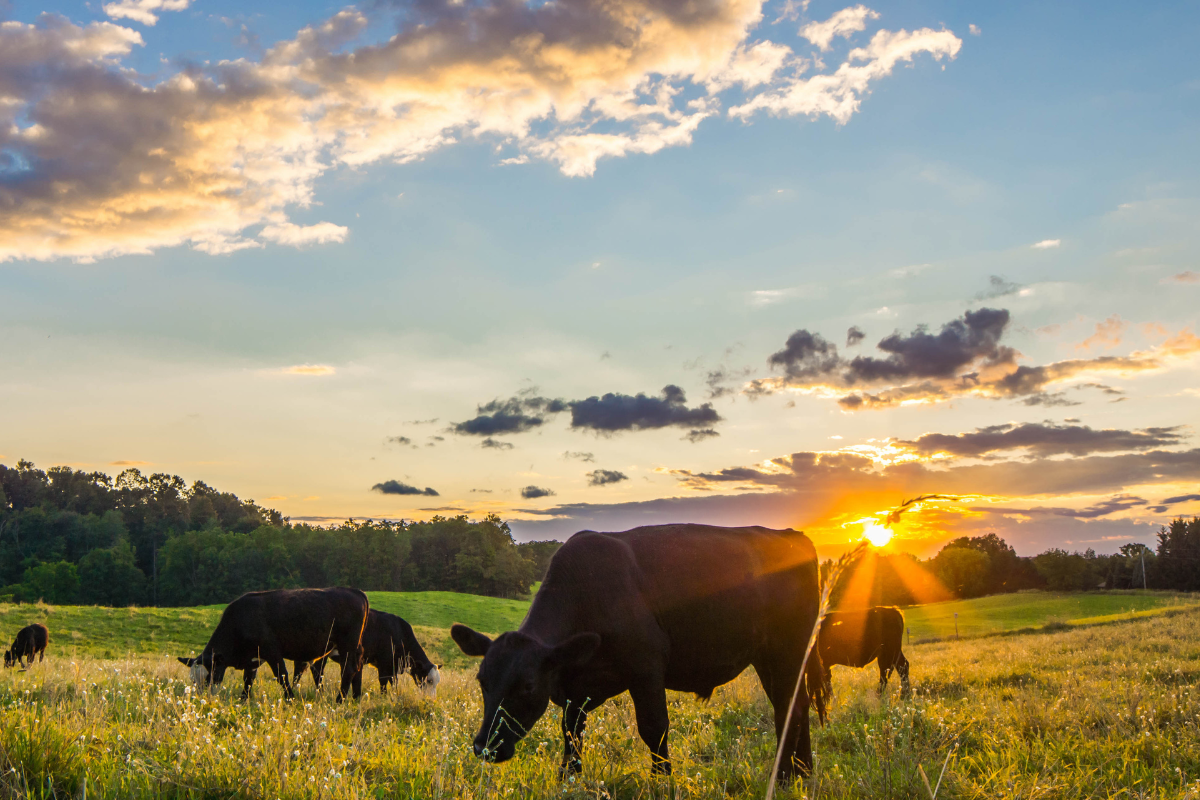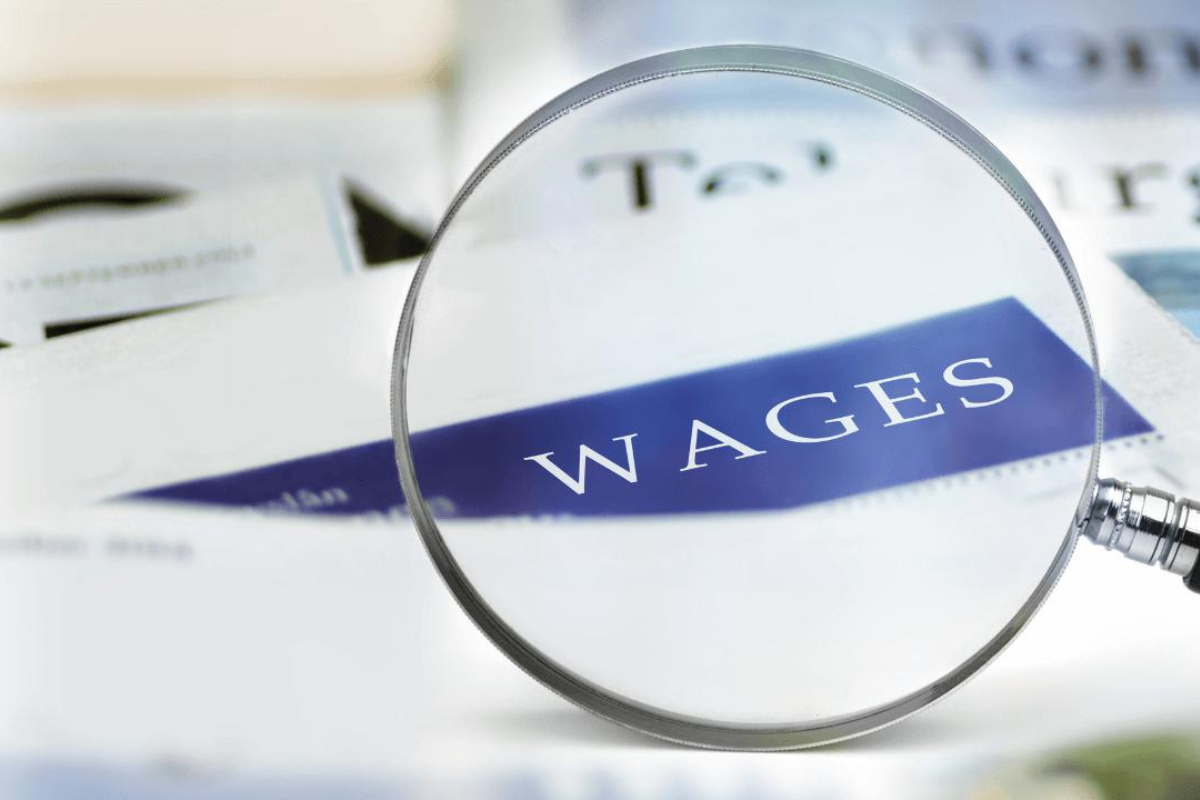
Many landowners have shown an interest in establishing agistment activities on under-utilised parts of their properties. One reason for this is that these activities offer an opportunity to claim various taxation deductions on the basis of carrying on a business of providing agistment. However, merely agisting livestock will likely be insufficient for agistment activities to constitute carrying on a business for taxation purposes.
Key Takeaways from A Recent Decision on Agistment Activities
Landowners contemplating undertaking agistment activities should consider the effects of the recent Administrative Appeals Tribunal decision in DQTB and Commissioner of Taxation (Taxation) [2023] AATA 515 (‘DQTB decision’).
In DQTB, the Tribunal considered whether the costs involved in establishing the agistment activities carried out by a husband-and-wife partnership could be claimed as general deductions from their assessable income under the Income Tax Assessment Act 1997 (Cth).
In 2017 the Applicants had purchased a 75-hectare property in Tasmania and set up a company to run a farming business, with the wife (DQTB) as company secretary and her husband (KHMQ) as sole director.
For the financial year of 2017/2018, the Applicants’ company paid them $20,000 p.a. as the fee for agisting livestock on the property (agistment fee). The respondent, the Commissioner of Taxation (Commissioner), did not challenge the Applicants claiming the agistment as a deduction.
The Commissioner did take issue with the Applicants claiming over $110,000 as further deductions to their income (further deductions). This sum reflected the costs of fencing the property and improving the land to make it fit for agistment activities. The basis of the challenge was that the Applicants were not relevantly carrying on a business in relation to the agistment activities.
The Tribunal noted that agisting another’s livestock does not ordinarily constitute carrying on a business. This could change where a landowner is charged with the management, maintenance, and care of the animals and their agistment fee depends on delivering these services. However, the Tribunal confirmed that there is no special rule for whether agistment arrangements constitute carrying on a business. This determination instead depends on the usual indicia of business which include:
- The existence of a profit-making purpose;
- The scale of the activities;
- The commercial character of transactions; and
- Whether the activities are systematic and organised.
The Applicants’ case was dismissed by the Tribunal. This outcome was based on several factors.
Firstly, the Applicants had provided some veterinary services to the animals agisting on their property. However, there were a range of services they could not provide which a local veterinarian provided to the company. Since this care was provided to the company, rather than to the Applicants as individuals, the Tribunal held that the Applicants were not providing for the full maintenance and care of the animals, as distinct from mere agistment.
Secondly, turning to the indicia of a business, the applicant could not tender any substantive evidence that the company had a profit-making purpose. The only evidence available pointed to the company being established to obtain taxation benefits for the property. Indeed, in determining the $20,000 p.a. agistment fee, KHMQ had determined what the maximum amount the company could afford, without any consideration to pursuing a profit. Further, the Applicants could not demonstrate that the agistment fee would generate a profit at any point in the future.
Thirdly, the agistment fee was found to lack a commercial nature. This led the Tribunal to conclude that this amount was ‘excessive’ and therefore uncommercial in nature. The Tribunal’s conclusion was further solidified by the fact that the Applicants had loaned the $20,000 to the company to pay the agistment fee.
Finally, the Tribunal held that the deductions claimed were disproportionate to the applicant’s assessable income. On this point, the Tribunal found that the deductions claimed in excess of $110,000 bore no proportionate relationship with the $20,000 the Applicants had received as agistment income.
For these reasons, the Tribunal held that the Applicants had been conduct mere agistment and had not been carrying on a business of providing agistment. Consequently, the Applicants could only claim the agistment fee as deductions from their assessable income. The further deductions could not be claimed as income tax deductions.
Conclusion
The income taxation implications of this decision for landowners considering agistment activities is clear. If landowners undertaking these activities want to claim the costs as deductions from their assessable income, then they must be able to satisfy the indicia of a business considered in this decision. Further, they should be able to show that they are providing for the full management, maintenance, and care of the animals they are agisting in return for the agistment fee. Failure to demonstrate these elements expose landowners pursuing agistment activities to greater income tax liability.
If you are a landowner who is involved in or interested in agistment activities and would like to evaluate your options, please do not hesitate to contact Daniel at daniel@morganenglish.com.au.


